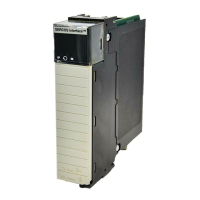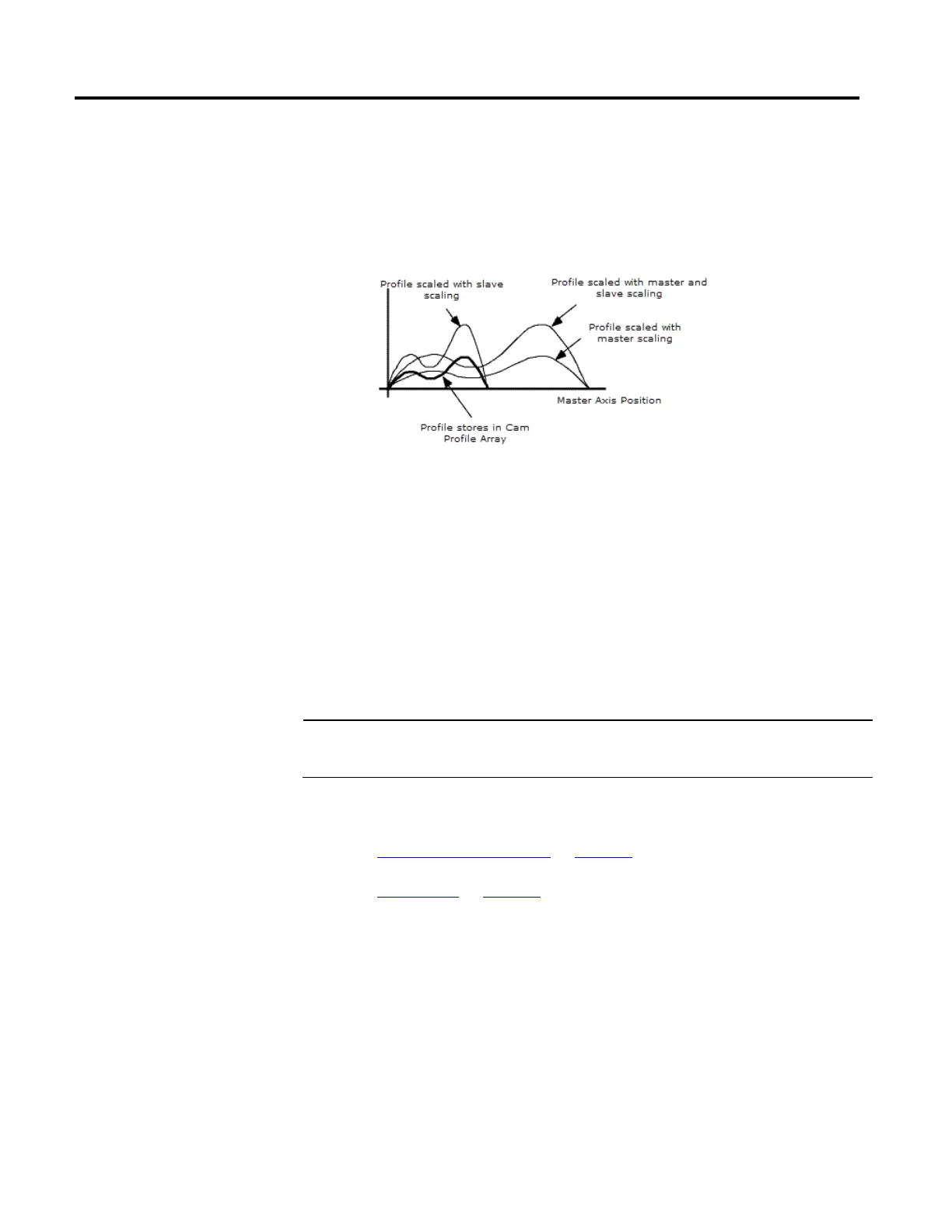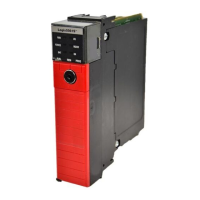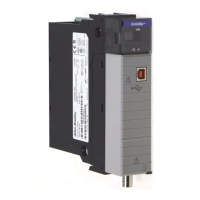224 Rockwell Automation Publication MOTION-UM002F-EN-P - February 2018
When an MAPC instruction specifies a position cam profile array, the master and
slave values defined by the cam profile array take on the position units of the
master and slave axes respectively. By contrast, the Master and Slave Scaling
parameters are ‘unit-less’ values that are simply used as multipliers to the cam
profile.
By default, both the Master Scaling and Slave Scaling parameters are set to 1. To
scale a position cam profile, enter a Master Scaling or Slave Scaling value other
than 1. Increasing the Master Scaling value of a position cam profile decreases the
velocities and accelerations of the profile. However, increasing the slave scaling
value increases the velocities and accelerations of the profile.
To maintain the velocities and accelerations of the scaled profile approximately
equal to those of the unscaled profile, the Master Scaling and Slave Scaling values
should be equal. For example, if the Slave Scaling value of a profile is 2, the Master
Scaling value should also be 2 to maintain approximately equal velocities and
accelerations during execution of the scaled position cam.
Important:
Decreasing the Master Scaling value or increasing the Slave Scaling value of a position cam increases the
required velocities and accelerations of the profile. This can cause a
motion fault if the capabilities of the drive
system are exceeded.
See also
Scaling Time Cam Profiles on page 224
Scaling cams on page 223
A time cam profile can be scaled in both time and distance when it is executed.
The master coordinate values that the cam profile array defines take on the time
units and the slave values take on the units of the slave axis. This process occurs
when an MATC instruction specifies a time cam profile array. By contrast, the
Time and Distance Scaling parameters are ‘unitless’ values that are used as
multipliers to the cam profile.
Scaling Time Cam Profiles

